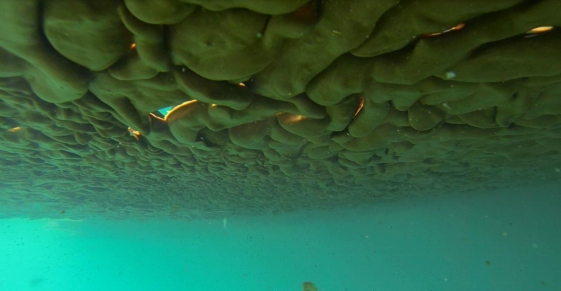Home | OR&R Research Projects | Collaborating and Advancing Methods to Estimate and Measure Oil Slick Thickness

Collaborating and Advancing Methods to Estimate and Measure Oil Slick Thickness
In 2019 a two-day workshop on coordinating advances in estimating and measuring oil slick thickness was held in partnership with NOAA Office of Response and Restoration, the Bureau of Safety and Environmental Enforcement (BSEE), with funding from Canada Oceans Protection Plan’s Multi-Partner Oil Spill Research Initiative, and hosted by the Coastal Response Research Center, University of New Hampshire.
The goal of this workshop was to bring together an international team of experts who are currently working independently to advance the scientific community’s ability to determine oil slick thickness and overall oil slick characterization.
A series of controlled experiments at BSEE’s Oil Spill Response Research and Renewable Energy Test facility are also being planned to actually measure and compare various techniques for characterizing oil thickness. The final phase of the project will test these various methods in the field.
Why is This Research Important?
It is important to have accurate information about oil slick thickness when modeling the fate and transport of oils, when determining appropriate oil spill response measures and for understanding the effects of the oil on our natural resources.
This workshop allowed researchers to benefit from work conducted to date, understand and compare challenges and successes and build on completed research, as well as identify research gaps and plans to address them.
For More Information Visit:
CAMPRI Oil Thickness Page
Multi-Partner Research Initiative: Project summaries
 An official website of the United States government.
An official website of the United States government. 